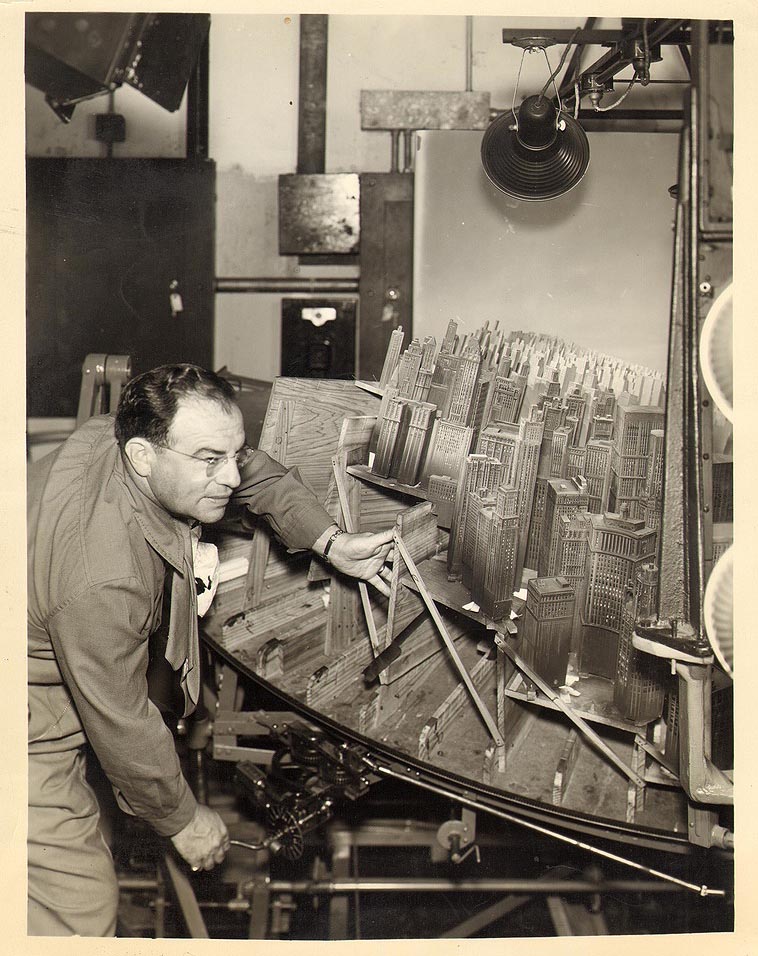Cel Based Animation
Cel Based animation became the basis of traditional animation by the 1930's anything pre 1930 was post-synced, each frame is drawn by hand and was the dominating medium of feature length animation until the age of computer animation occurred. Each character would need a model sheet which would show a character or characters from different perspectives animators may use maquettes to see what these characters would like in a three dimensional perspective.
Walt Disney

Perhaps one of the world's most recognized animators and character creators to this day. Walt Disney had a vision to transpose to the world, an almost dream-like landscape full of rich content and colorful, memorable characters.
Walter Disney was born in December of 1901 in Chicago Illinois. Walt father was of Irish/Canadian and his mother was of German/American ancestry. He was one of five children, ever since Walt was young he began drawing, painting and selling pictures to neighbors in his neighborhood.
He first rose to commercial success after creating the cartoon character Mickey Mouse. The character first appeared in some short silent animations 'Plane Crazy' and 'Gallopin Gaucho'. But soon-after sound and film were united and Walt Disney helped write and create 'Steamboat Willie' a cartoon that surely will never be forgotten. Seeing both moving picture and hearing it was groundbreaking at its time.
On December
21, 1937, Snow White and the Seven
Dwarfs, the first full-length animated film, premiered in Los Angeles.
It generated an astounding $1.499 million worldwide, regardless of the depression and won a
total of eight Oscars. During the next five years, Walt Disney Studios
completed another string of full-length animated films, Pinocchio, Fantasia, Dumbo and Bambi.
The Fleischer Brothers


The Fleischer brothers did go onto invent the 'Three Dimensional Setback' (a tiny vault with animation cels hung infront of it, creating a three dimensional effect). This device proved to be a worthy contender for Disney's multi-plane camera, that is until Disney created the never before made feature length animation Snow White. The Fleischer brothers did rise to the bait producing two feature length films 'Gulliver's Travels' (1939) and 'Mr. Bug Goes To Town' (1941) they did retain artistic credibility but didn't profit from the venture, the features were a box office flop, thus resulting in Paramount cutting their company funding and finally firing the Fleischer brothers.
Norman McLaren
Norman McLaren is known as a pioneer and a historical indictment to the audio/visual filmmaking industry. McLaren was born in Sterling Scotland in 1914, he is synonymous with his abstract style and experimental techniques. His strange use of method and 'trick shots' came underway after McLaren obtained a Cine'-Kodak camera which was the world's first 16mm film camera produced in 1923. McLaren went on to get involved with political issues even once joining the British Communist Party. This went on to influence his following work 'Hell Unltd' (1936) which was created in the inter-war period, the film was a fusion of found footage, animation and graphics, creating a pastiche of visual and audiable warfare.
McLaren went onto find success winning an Oscar for his anti-war masterpiece 'Neighbours' the film's purpose and content was influenced by his year long stay at the People's Republic of China.
The film's simple and metephorical justice is clear, Norman's socialist expose' which helped him reach unforgetable status. The two puppet actors fight to death over a flower that grows inbetween both their homes when once appearing civil to one another. McLaren went on to live in America for the rest of his life retaining his credibility as a visual artist. He was a pioneer of Pixilation, a method in which a frame is taken and the subject's posture or figure moves or is altered slightly this gives the illusion that the subject which would be an actor appears to be moving in a puppet-like fashion. This is done by carefully taking hundreds of pictures frame by frame, McLaren will not be forgotten for his innovations and artistic endeavours.

No comments:
Post a Comment